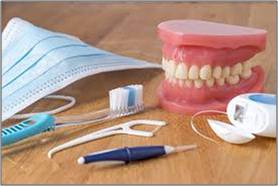OBSTETRIC DEPARTMENT
GYNECOLOGY DEPARTMENT
- Management of Female and Male Infertility
- Management of Heavy or irregular periods, PCOS
- Management of Menopause and Hormon replacement therapy
- Management of Ectopic pregnanacy
- Evaluation of abnormal PAP smear; cancer screening
- Management of Ovarian cysts/tumours, Fibroids
- Evaluation and management of pelvic pain and PID
- Contraception and Family planning
- Operative services(Abdominal/Vaginal/laparoscopic Hysterectomy, surgery for endometriosis/ovarian cyst/Fibroids, diagnostic hystero-laparoscopy for infertility)
Pre-Pregnancy Counseling and Care
Interventions that aim to identify and modify biomedical, behavioral and social risks to the woman's health or pregnancy outcome through prevention and management.
Counseling regarding:- Pre existing medical conditions like diabetes, Hypertension, Cardiac disease
- Healthy body weight and diet
- Folic acid supplementation
- Complications with past pregnancies (Post partum hemorrhage, Thrombotic event, Pre eclampsia/Eclampsia, Gestational Diabetes, Rh incompatibility)
- Genetic disorders


Routine Antenatal Care
Goal is to provide regular check-ups including prenatal screening and diagnosis that allow to treat and prevent potential health problems throughout pregnancy and to promote healthy lifestyles that benefit both mother and child.High Risk Obstetrics Care
Assessment and handling of high risk pregnancy cases(including Deliveries) which include the following
- Women with recurrent abortions
- Medical disorders like Diabetes/Hyertension/Pre-eclampsia/Eclampsia/Thyroid disorders complicating pregnancy
- Bleeding complications in pregnancy/Low lying placenta(Placenta previa)/ Abruptio placenta
- IUGR
- Twin Pregnancy
- Preterm Labour, Post term pregnancy
- Previous Caesarean Deliveries
- Pregnancies after IVF or infertility treatment
- Pregnancy in women after age of 35 years
- Pregnancy in women with Rh negative blood group
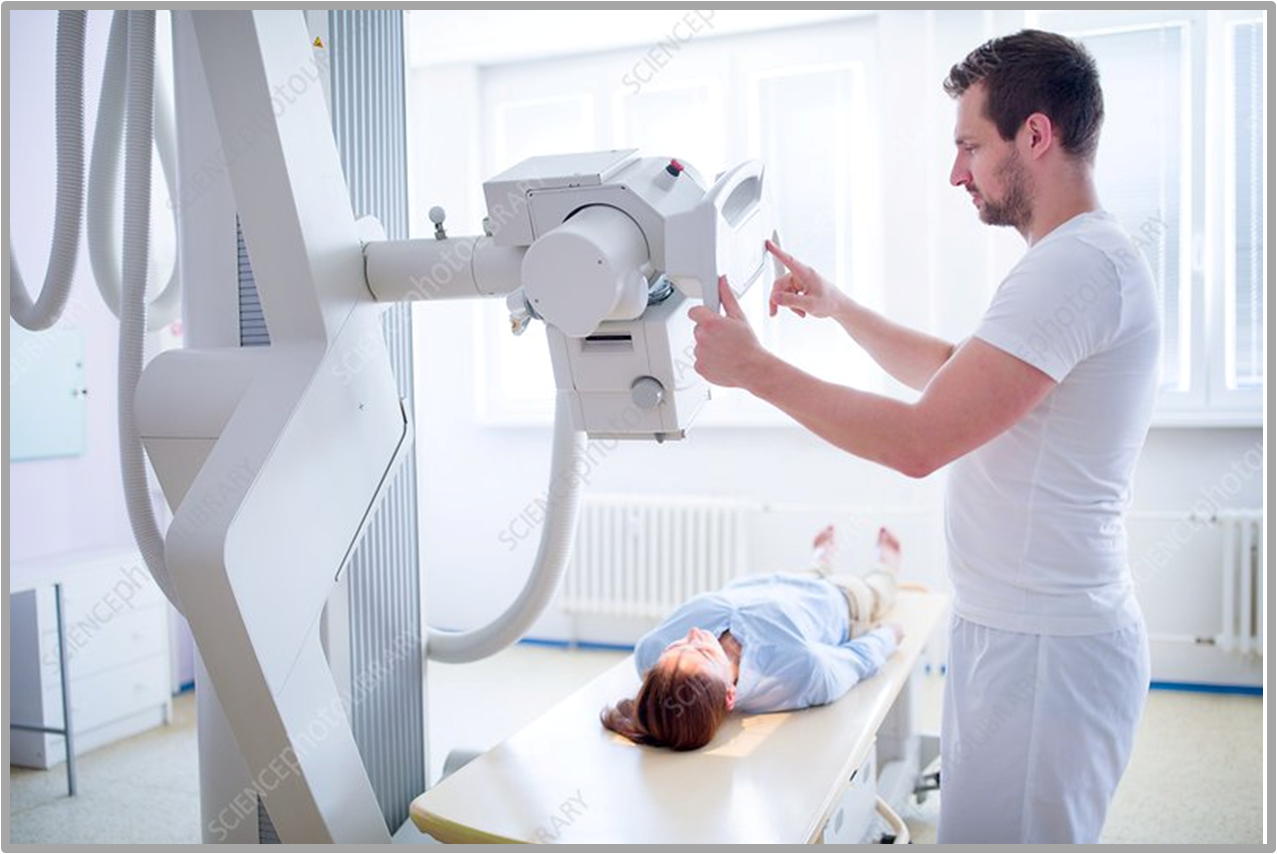
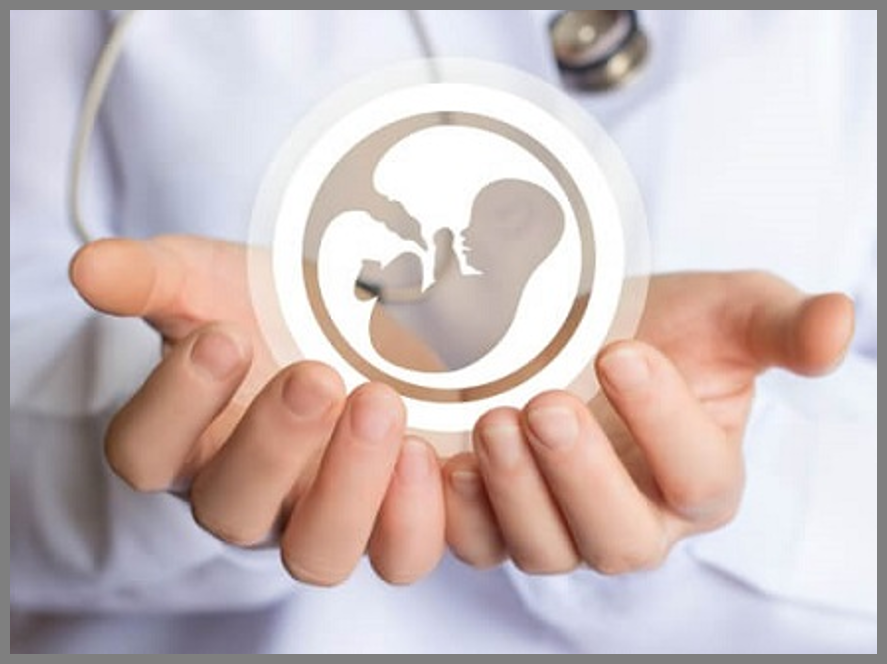
Labour
Normal deliveries and Caesarean deliveryPost Partum Services
Being a mother is a state of boundless joy and pleasure. But with it comes the challenges of handling the angel.
Services:- Breast feeding techniques
- Addressing issues of mother-baby bonding
- Post partum exercises
- Dietary advise


Male and Female Infertility
Infertility has become a common problem now a day because of lifestyle changes, medical issues. One third of the cases are due to female factor infertility, one third due to male factor infertility and rest are due to combination of the both. Infertility should be investigated early to avoid its irreversibility as ageing of the female partner drastically reduces the probabilities of pregnancy. Also certain conditions like Tuberculosis or endometriosis keep on advancing if not treated early.
- Investigation of the causes in both the partners
- Diagnostic Hystero-laparoscopy for female Factor infertility
- Treatment of infertility with medications
- Ovulation induction
- Micro surgery of fallopian tubes when involved
Management of Heavy or irregular periods, PCOS


Management of Menopause and Hormon replacement therapy
Management of Ectopic pregnanacy
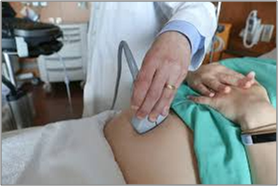

Evaluation of abnormal PAP smear; cancer screening
Management of Ovarian cysts/tumours, Fibroids
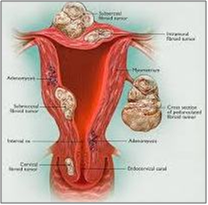

Evaluation and management of pelvic pain and PID
Contraception and Family planning


Operative services
Dental check-up
Under the observation of Dr. Shweta Mehta, the dental department of Mehta Hospital provides the best of ambience; technological advancement and evidence based updated treatments. We are equipped with the latest and most ergonomic Dental Chairs, LASERS, globally acclaimed Dental Implants, Digital X-rays and branded consumables.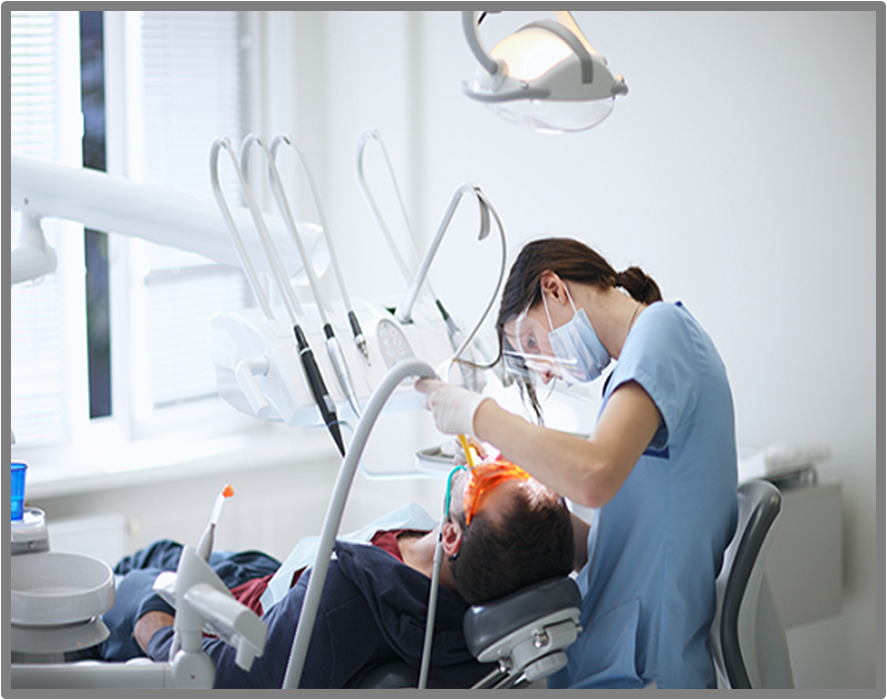
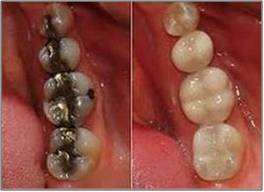
Restorative and Conservative Dentistry
It includes dental fillings. It is a treatment modality to restore missing tooth structure which could have been a result of decay or trauma. One needs dental filling in following conditions
- A Hole in your tooth
- Dark Spots on the tooth
- Food stuck between certain areas of the teeth
- Chipped/Broken tooth
- Sensitivity to hot and cold food and beverage
- Single/Multiple cavities
- Composite filling
- GIC filling
- Conventional filling like Amalgam
Endodontics
It Includes Root Canal Treatment (RCT). It is a procedure done when the tooth decay reaches the pulp(innermost layer of the tooth) causing inflammation. In following conditions you may require RCT
- Sever toothache
- A crack/chip in the tooth
- An injury to a tooth causing pulp damage
- An infection to pulp causing pain/abscess formation
- Discolored teeth
- Swelling/draining sinus in gums
- For restoring a grossly damaged tooth
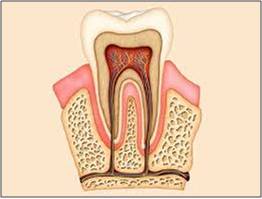
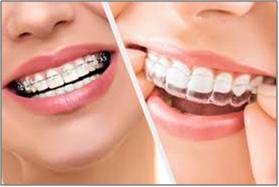
Orthodontics
Orthodontic treatment can benefit people of any age. Teeth that are crooked, crowded or rotated affect the way you look. This treatment not only improves the look of your smile but also your health as well. Straight teeth are easier to clean and less likely to get tooth decay or injury. If you have any of the following, you may be a candidate for orthodontic treatment-
- Overbite(Upper front teeth lie too far forward over the lower teeth)
- Underbite (Lower teeth are too far forward or upper teeth are too far back)
- Crossbite (Upper teeth don't come down slightly in front of the lower teeth when biting together)
- Openbite (Space between biting surfaces of front/side teeth)
- Misplaced midline (Center of upper front teeth doesn't line up with the center of lower front teeth)
- Spacing (Gaps between teeth)
- Crowding (Too many teeth for the dental ridge to accommodate).
Periodontics
This branch is related to gum diseases and its treatment. Gum disease is the inflammation of the gum line that can progress to affect the bone that surrounds and supports your teeth. It is also known as periodontal disease which begins with the bacterial growth in the mouth. The localized inflammation of the gingiva is initiated by the bacteria in the dental plaque which is a microbial flim that forms on the teeth and gingival. Nearly 70% of the people are affected by this disease at some point of life.
The primary cause of gum disease is poor oral hygiene, while the other reasons are-- Smoking or chewing tobacco.
- Consuming certain medications(oral contraceptives, steroids, anticonvulsants, calcium channel blockers and chemotherapy).
- Crooked or misaligned teeth.
- Hormonal changes such as puberty, menstruation, menopause, pregnancy,etc.
- Certain illness such as diabetes, cancer and HIV.
- Genetic susceptibility.
- Bleeding gums
- Pulling of gums away from the teeth
- Teeth loosening
- Malocclusion
- Pus between teeth and gums
- Pain while chewing
- Teeth sensitivity
- Tender, red or swollen gums
- Ill-fitting dentures
- Foul breath
- Deep space formation between gums and teeth
- Gingivitis
- Periodontitis
- Advanced periodontitis
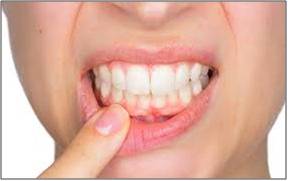
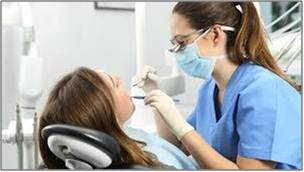
Oral Surgery
We rarely advice extraction of a functional tooth. We try every possible treatment modality available to save a functional tooth but if in certain situation where decay got unchecked the damage to tooth is extensible and is not possible to restore it, then we need to go for extraction of that tooth followed by replacement of the same tooth. Sometimes for cosmetic improvement in smile designing or orthodontic purpose we may have to include extractions in treatment plan.
WISDOM TEETH REMOVAL/THIRD MOLAR EXTRACTION-
They are last teeth to erupt into the mouth at the age of 17 to 26 years. They are among the strangest, unpredictable and unreliable teeth as they have all kind of odd shapes to their crown and root. Mostly they remain impacted in jaw bone or erupt with difficulty. As these teeth have varied anatomy, removal of wisdom tooth requires many efforts than normal tooth extraction and also requires post extraction care. The extraction can be-- Non-surgical
- – when tooth is completely erupted in your mouth.
- Surgical
- - if tooth is tilted to abnormal direction, partially erupted/present completely inside the bone.
Cosmetic dentistry
This branch deals with teeth whitening and bleaching, composite laminates, porcelain laminates, smile designing and tooth colored fillings (composite).
Teeth whitening and bleaching is a process of removing stains from the tooth surfaces and restoring the natural colour of the teeth. The causes of teeth discoloration are-- Consuming tea, coffee, wine, cola frequently.
- Smoking cigarettes and chewing tobacco.
- High intake of fluoride during childhood.
- Damage of developing permanent teeth due to accident or trauma.
- Aging.
- Certain medical treatments.
Smile makeover is a process of improving the appearance of smile through various procedures which are cosmetic and surgical. It takes into consideration the tooth color,tooth size, tooth shape, tooth position, lip position, lip length, gum position and gum color.
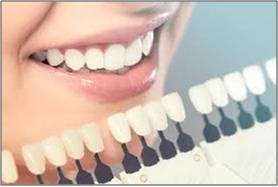
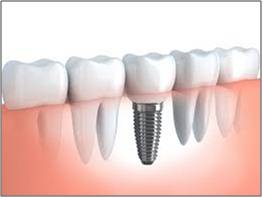
Dental Implants
A dental implant is a small 'anchor' made of titanium. It is inserted into the jawbone to take the place of your missing tooth root. After osseointegration, or when the surrounding bone has attached to the implant a replacement tooth is secured to the top of the implant. The new tooth looks, feels and performs just like your natural teeth.
Dental implants can be used in a variety of situations, whether you need to replace a single missing tooth or many teeth. They can even be used to replace a full denture. As anchor points, implants can also securely attach a partial denture or bridge. They provide following advantages-- Replace one or multiple missing tooth without affecting bordering tooth.
- Support a bridge and eliminate the need for a removable partial denture.
- Provide support for a denture, making it more secure and comfortable.
Pedodontics
Pedodontia is the branch of dentistry dealing with children from birth through adolescence including those with special health care needs. Growth and development, disease and prevention as well as child psychology management are covered under pedodontia. Also included are the highly specialized paediatric, preventive and restorative techniques.
Humans start teething when they are as young as 6 months old and develop their set of primary 'milk' teeth. At the age of 6-7 years, humans start losing their mlk teeth and the permanent set of teeth start emerging.because the milk teeth will eventually fall off, some parents tend to ignore taking their child to a dentist. However, these milk teeth form the basis of developing permanent teeth. If proper care is not taken the problems can emerge which will last for lifetime. The treatments provided include-- Oral caries assessment.
- Fluoride treatment.
- Habit counselling.
- Correction of crooked and misaligned teeth.
- Treatment of tooth cavities.
- Treatment of dental injuries.
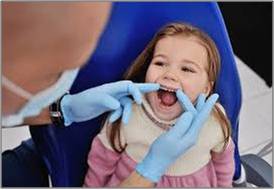
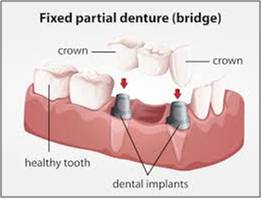
Prosthodontics
This includes dentures, bridge and crown.
Dentures are removable appliances which are used as a replacement of missing teeth and tissues. They are the artificial teeth which enable normal functioning of human mouth. They are of two types-- Complete dentures.
- Partial dentures.
Complete dentures are advised when all the teeth are missing and partial dentures are advised when some natural teeth are missing.
Both crown and bridge are fixed prosthetic devices which are cemented onto the existing teeth or implants. Dental crowns are a tooth-shaped cap which is placed on the tooth to restore the shape, size and appearance of the tooth. It also enhances the strength of the tooth. They are needed to-- Protect or restore a fractured tooth.
- Replace a tooth which is too large for a filling.
- Get a cap over implant placed.
- Restore a RC treated tooth.
- Cover discolored, misshaped or badly formed tooth.
- Smile designing
- Require a bridge in that case crowns are a must.
Types of crowns are- Metal, Porcelain-fused-to-metal, Ceramic and Zirconia crowns.
Bridges are used to replace one or more missing teeth. They are cemented to the natural teeth or implants on each side of the empty space. Every missing tooth should be replaced except wisdom teeth. Gaps left by missing teeth eventually cause the remaining teeth to rotate or shift into the empty spaces, resulting in a bad bite. The imbalance caused can also lead to gum diseases and temporomandibular joint (TMJ) problems.
Preventive dentistry
Oral health is a window to your overall health.
The practice of looking after your gums and teeth and maintaining good oral hygiene to keep them healthy is known as preventive dentistry. The main aim is to avoid cavities, gum infections, enamel wear, tooth loss and more. It aims to prevent initiation and progress of dental diseases, limits their complications and also to provide rehabilitation. Dental procedures involved in preventive dentistry are-- Prevention of dental decay:
- Pit and fissure sealants
- Fluoride applications
- Enameloplasty
- Prevention of Gum diseases:
- Oral Prophylaxis
- Prevention of Crowding of teeth:
- Serial Extraction
- Space maintainers
- Helps in maintainence of the health of gums and teeth.
- Prevents the occurrence of cavities.
- Prevents gum diseases.
- Prevents or reduces the chances of upcoming malalignment of teeth.
- Brushing twice a day.
- Floss daily.
- Rinse after every meal.
- Eat a balanced diet.
- Visit a dentist after every 6 months.
